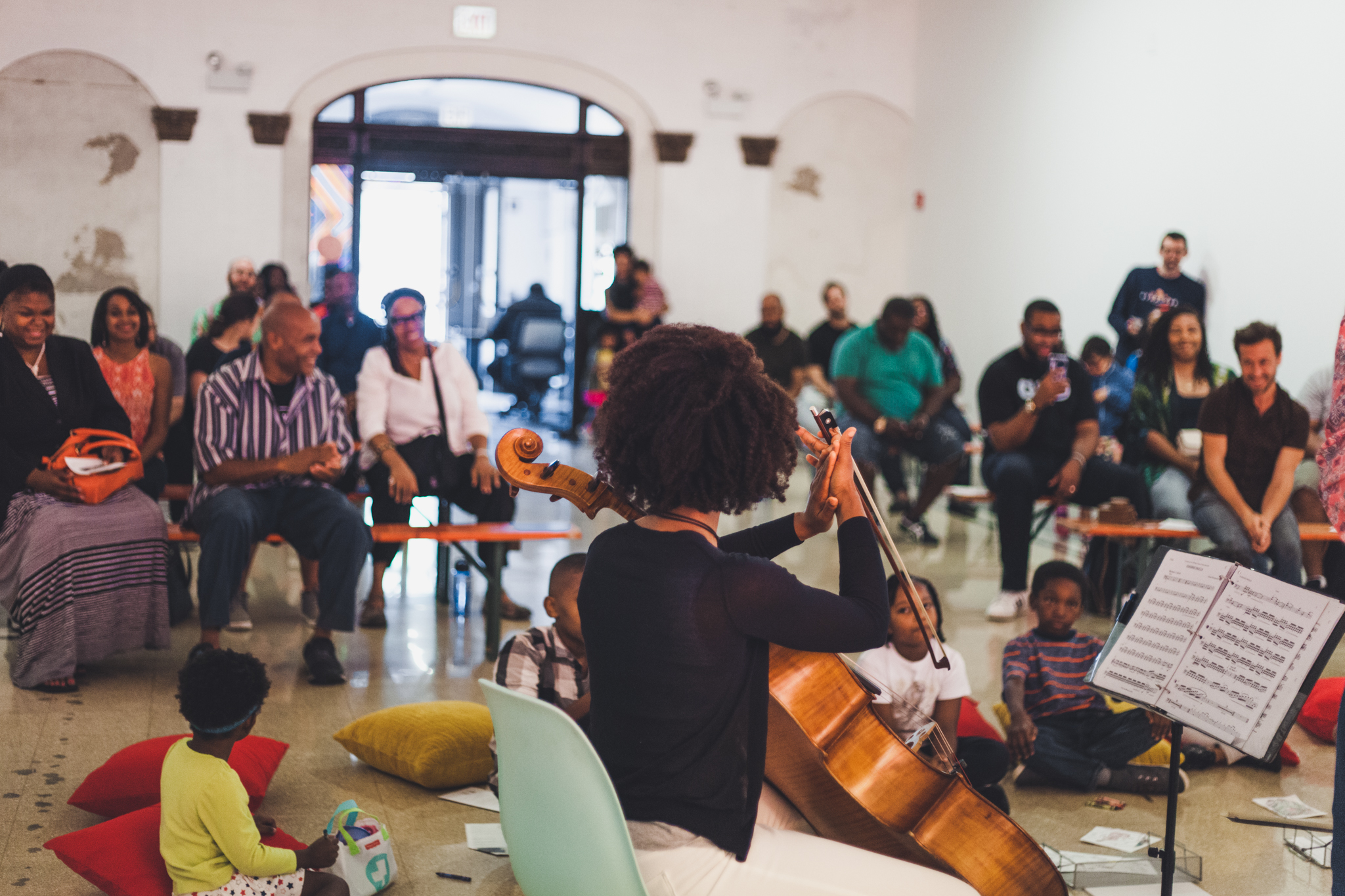
JUNETEENTH AT THE HOUSE
SSCAC CELEBRATES JUNETEENTH WITH MUSIC, POETRY, COMEDY, AND FAMILY ART MAKING ACTIVATIONS - FREE AND OPEN TO THE PUBLIC! FAMILY ART MAKING ACTIVITIES 12 - 2PM *POLAROID PHOTO ACTIVATION *CYANOTYPE ACTIVATION *LIMITED EDITION TOTE BAG LAUNCH FEATURING THE WORK OF ARTIST BRANDON BREAUX *PRINT WORKS BY ARTIST ERIC VON HAYNES *PHOTO ACTIVATION WITH ARTIST […]












